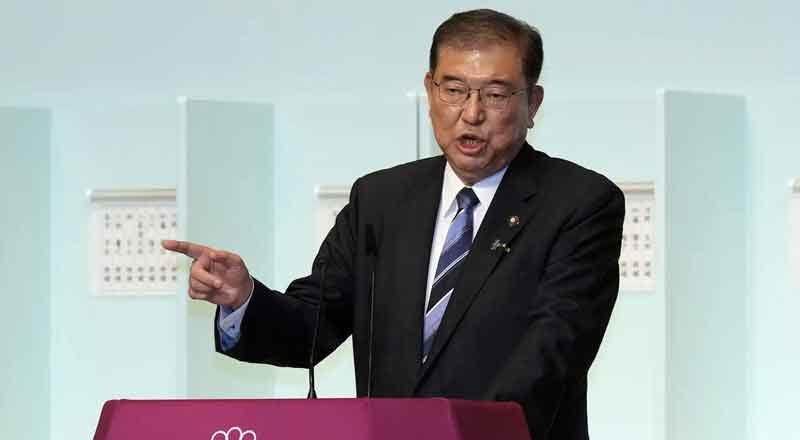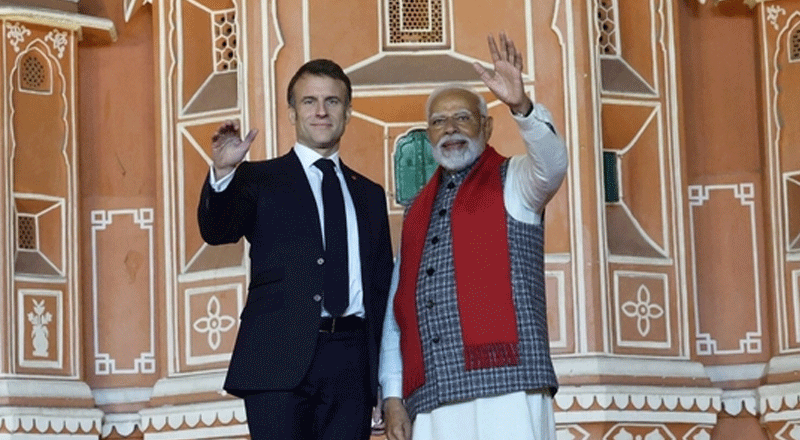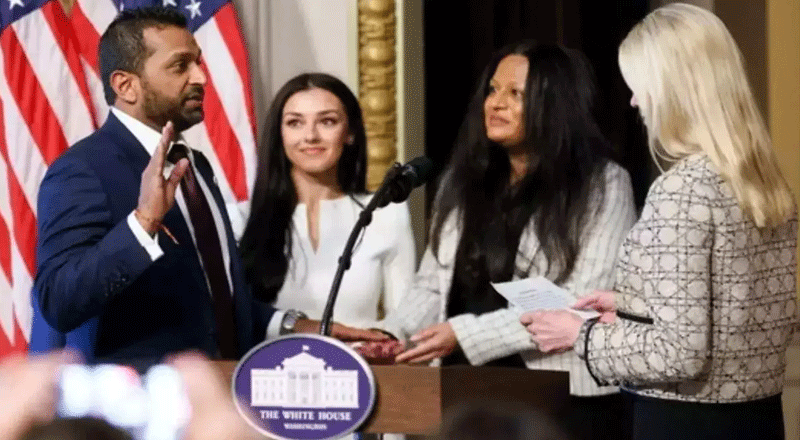A New Face in Turbulent Times
In a closely contested and dramatic leadership race, Japan’s ruling Liberal Democratic Party (LDP) has selected veteran politician Shigeru Ishiba as the nation’s next prime minister. Ishiba, a former defense minister and seasoned lawmaker, emerged victorious in a run-off election, edging out the hardline nationalist Sanae Takaichi. His win marks a significant moment in Japan’s political landscape as Ishiba takes over from outgoing Prime Minister Fumio Kishida, who resigned following a series of scandals that severely damaged the party’s reputation.
Ishiba’s victory, after five attempts to lead the LDP, highlights his resilience and commitment to his vision for a “fairer and kinder” Japan. With his party’s majority in parliament, Ishiba is now set to assume the position of prime minister, leading the country through a challenging period of political instability and economic struggles.
Who is Shigeru Ishiba?
At 67, Shigeru Ishiba is no stranger to Japan’s political scene. A former defense minister, he entered parliament in 1986 following a brief career in banking. Known for his intellectual approach and deep understanding of defense policies, Ishiba has long been considered one of the LDP’s most independent voices. His stance on issues such as reducing Japan’s reliance on nuclear energy and his advocacy for married couples using separate surnames has set him apart from the party’s mainstream.
Ishiba’s political journey has not been without friction. He has openly criticized his own party, earning him powerful enemies within the LDP. His four-year defection to an opposition group in 1993 further strained relationships with party lawmakers, making it difficult for him to secure the necessary nominations for leadership races. However, his ability to connect with rank-and-file LDP members and the public through media appearances and social media has kept him in the political spotlight.
Despite his unpopularity among many lawmakers, Ishiba’s public appeal is undeniable. He is often seen as an “intellectual heavyweight” within the LDP, advocating for a more independent Japan, free from excessive reliance on the United States. His bold call during the leadership campaign for the creation of an “Asian NATO” raised eyebrows internationally, though it was swiftly rejected by Washington.
The Fall of Fumio Kishida
Fumio Kish’idas resignation as prime minister marked the end of a three-year tenure plagued by controversy and scandal. Once a promising leader, Kishida’s downfall was accelerated by a slush fund scandal and revelations about the LDP’s ties to the controversial Unification Church, which critics have branded a cult. His administration’s inability to address rising economic concerns, particularly the growing disparity between wages and inflation, further eroded public trust.
For months, Kishida’s approval ratings hovered below 30%, a dangerous threshold in Japanese politics that often signals the need for leadership change. With the public’s growing dissatisfaction and the LDP’s reputation in shambles, Kishida’s departure became inevitable, opening the door for a new leader to restore faith in the party.
Ishiba’s Vision for Japan
In his emotional victory speech, Ishiba laid out his vision for a more compassionate and transparent Japan. “We must believe in the people, speak the truth with courage and sincerity, and work together to make Japan a safe and secure country where everyone can live with a smile once again,” he told lawmakers after the final votes were tallied.
Taking over at a time of crisis, Ishiba’s leadership will be defined by his ability to address the scandals that have tarnished the LDP’s image while navigating Japan’s economic challenges. His focus on creating a “fairer” society and his commitment to making Japan more self-reliant are expected to be key pillars of his administration.
What’s Next for Japan?
As Ishiba steps into his new role, he inherits a party that has ruled Japan for nearly all of the post-war era but now faces significant hurdles. With general elections due by the third quarter of 2025, the LDP will need to present a fresh face to the electorate if it hopes to maintain its dominance. Experts suggest that the party must break away from its recent scandals and offer a clear vision for Japan’s future.
While Ishiba’s leadership has inspired hope among many, he will face tough challenges in uniting a divided party and addressing Japan’s pressing economic issues. His upcoming reshuffling of the LDP’s executive ranks and formation of a new cabinet in early October will be closely watched, as the country looks to move beyond its current political turmoil.
In the weeks ahead, the Japanese parliament will officially confirm Ishiba as prime minister, solidifying his role as the nation’s leader during one of its most uncertain political chapters. All eyes are now on Ishiba as he seeks to deliver on his promises and steer Japan toward a more stable and prosperous future.
(With inputs from agencies)





